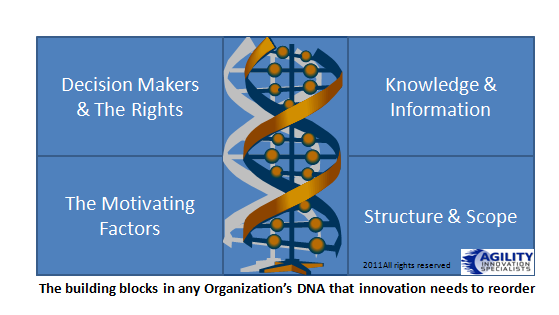So how do we achieve a greater innovation fitness?
This begins to show you the way www.innovationfitnessdynamics.com is new and perhaps your possible innovative workout gym.
Firstly stop and survey our world from a new advantage point
Can you imagine standing on top of a mountain, looking out across a vast expanse of nothing but mountains and valleys stretching out before you? If you squint hard enough you can just make out that somewhere in the hazy distance, the endpoint of your travels.
The distance you have to travel towards that much-needed innovation understanding, that is made up of so many different dynamics that make you and your organization that much fitter to compete in today’s challenging world seems really far off, or actually is it?
Exhilaration can quickly turn to reality.
Clearly, while you are on top of this mountain you feel exhilarated to have even got up to this point. To even get there you have already made a decision that you and your organization need to become more innovative.
One that needs to look beyond what you have, to what is possible, you are curious to explore this further, you have to, innovation is a strategic imperative for, adding value, growth and improved wealth creation.
You have innovative choices Continue reading “The Real Need Is Achieving Innovation Fitness”

